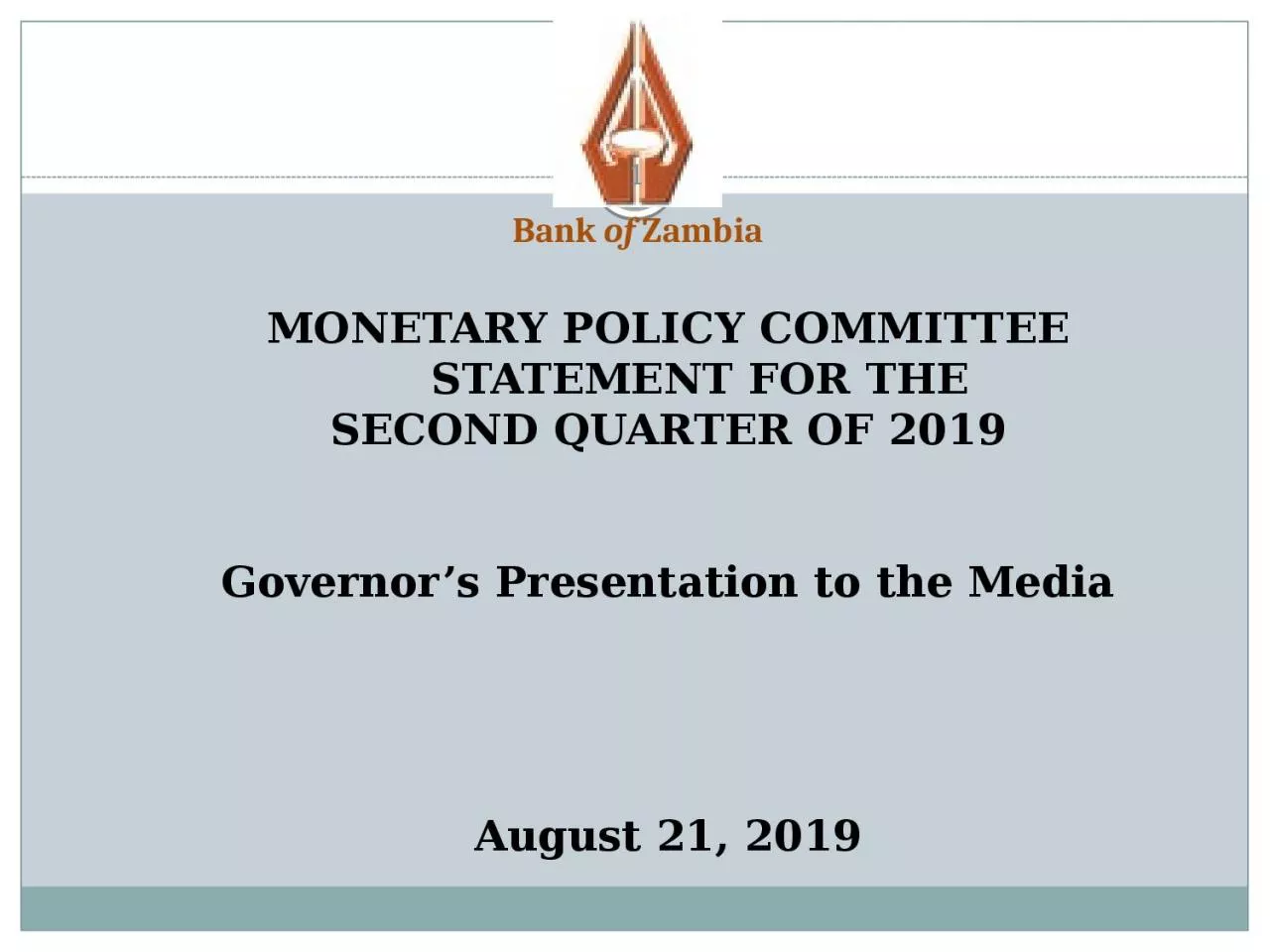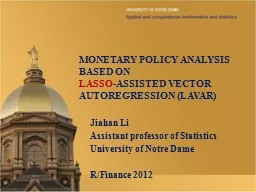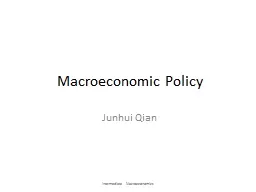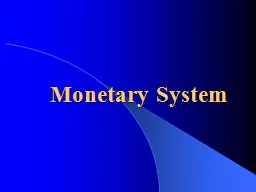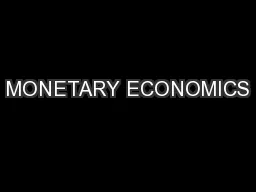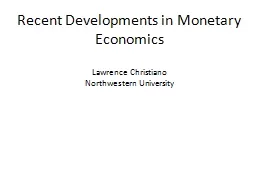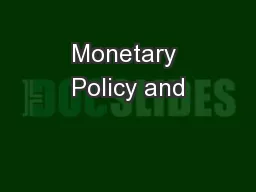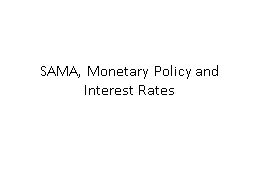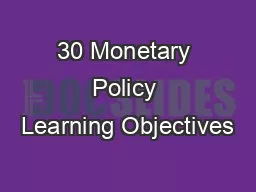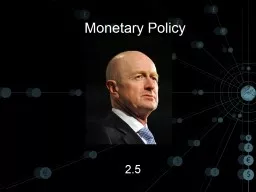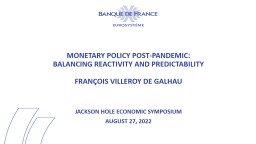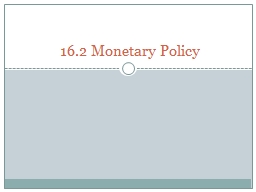PPT-MONETARY POLICY COMMITTEE STATEMENT FOR THE
Author : caroline | Published Date : 2023-11-06
SECOND QUARTER OF 2019 Governors Presentation to the Media August 21 2019 Bank of Zambia 1 PRESENTATION OUTLINE Decision of the Monetary Policy Committee Global
Presentation Embed Code
Download Presentation
Download Presentation The PPT/PDF document "MONETARY POLICY COMMITTEE STATEMENT FOR ..." is the property of its rightful owner. Permission is granted to download and print the materials on this website for personal, non-commercial use only, and to display it on your personal computer provided you do not modify the materials and that you retain all copyright notices contained in the materials. By downloading content from our website, you accept the terms of this agreement.
MONETARY POLICY COMMITTEE STATEMENT FOR THE: Transcript
Download Rules Of Document
"MONETARY POLICY COMMITTEE STATEMENT FOR THE"The content belongs to its owner. You may download and print it for personal use, without modification, and keep all copyright notices. By downloading, you agree to these terms.
Related Documents

